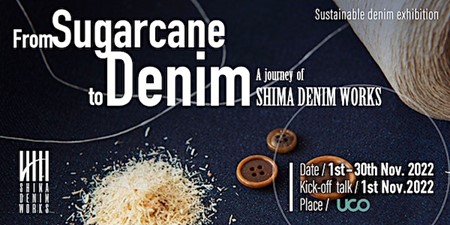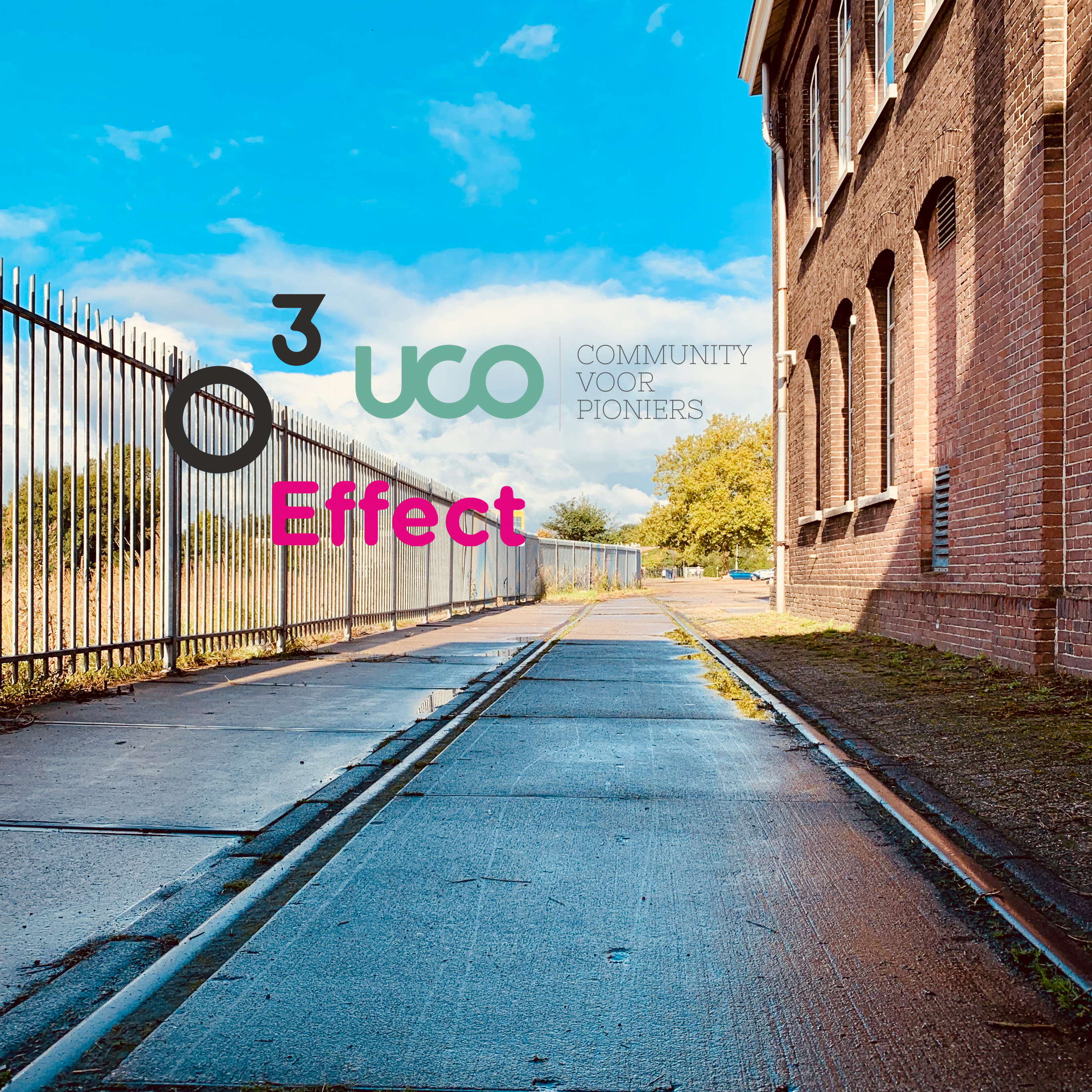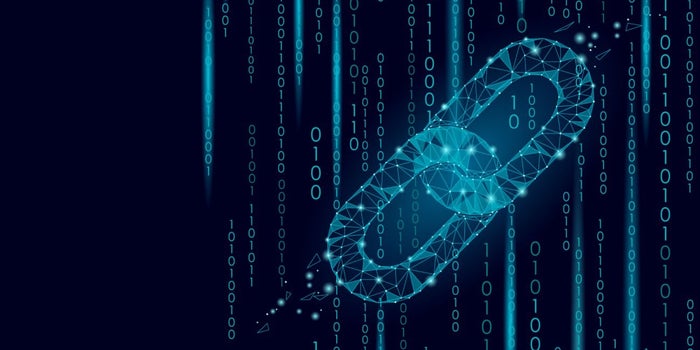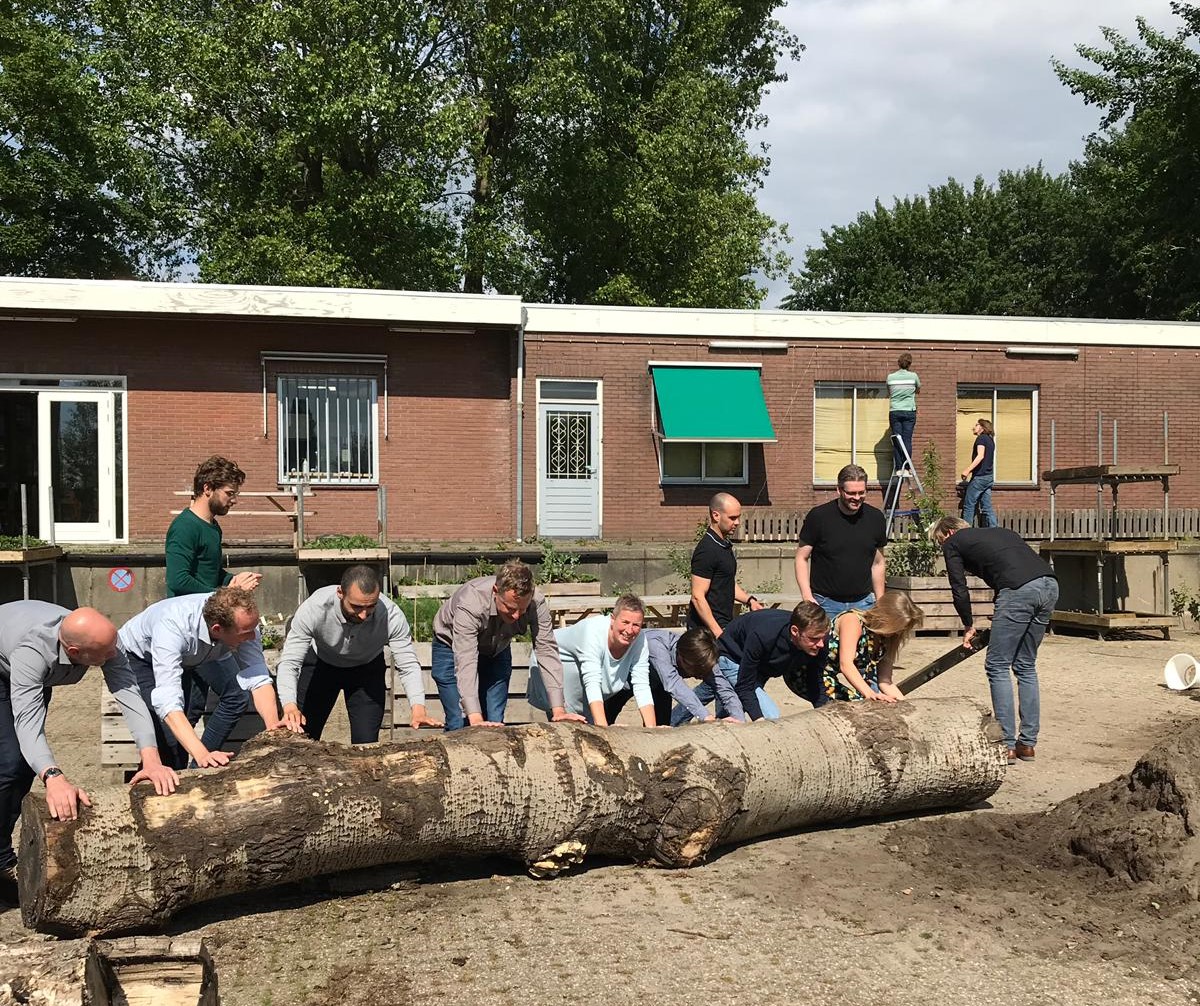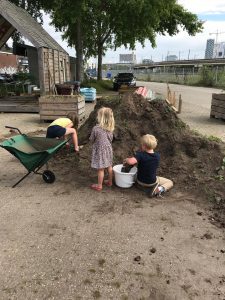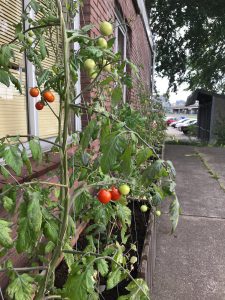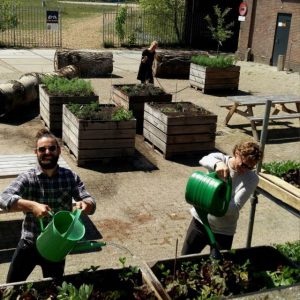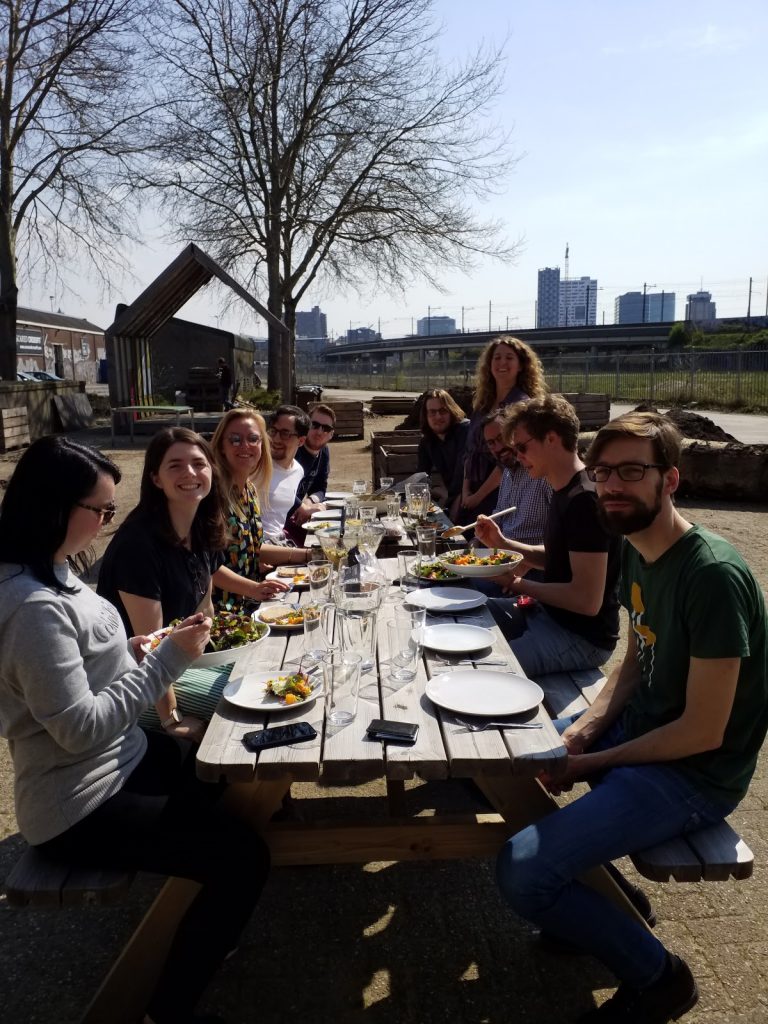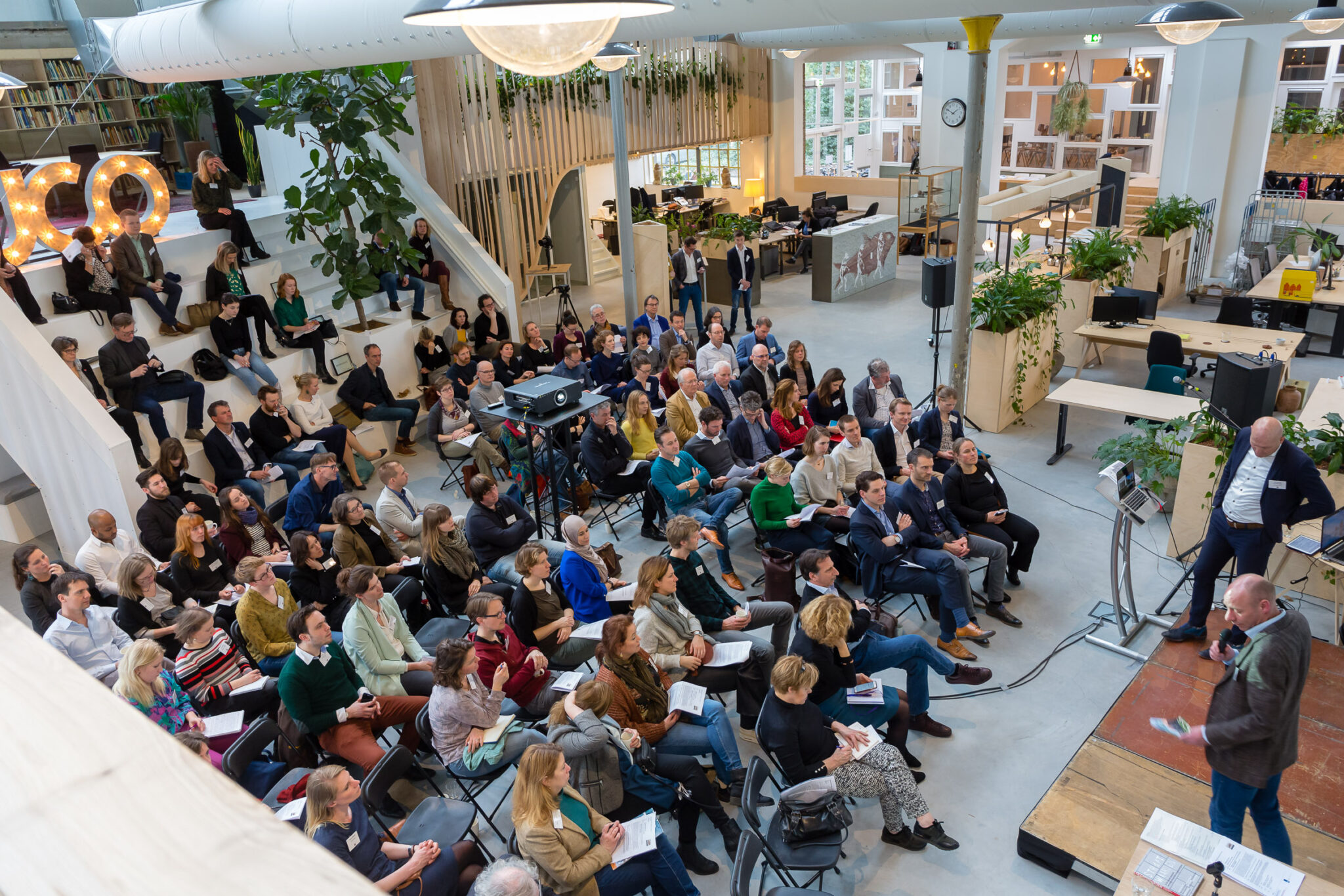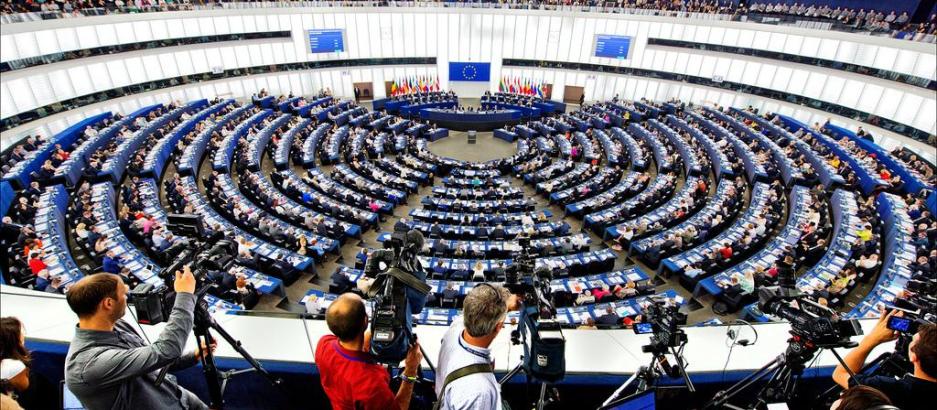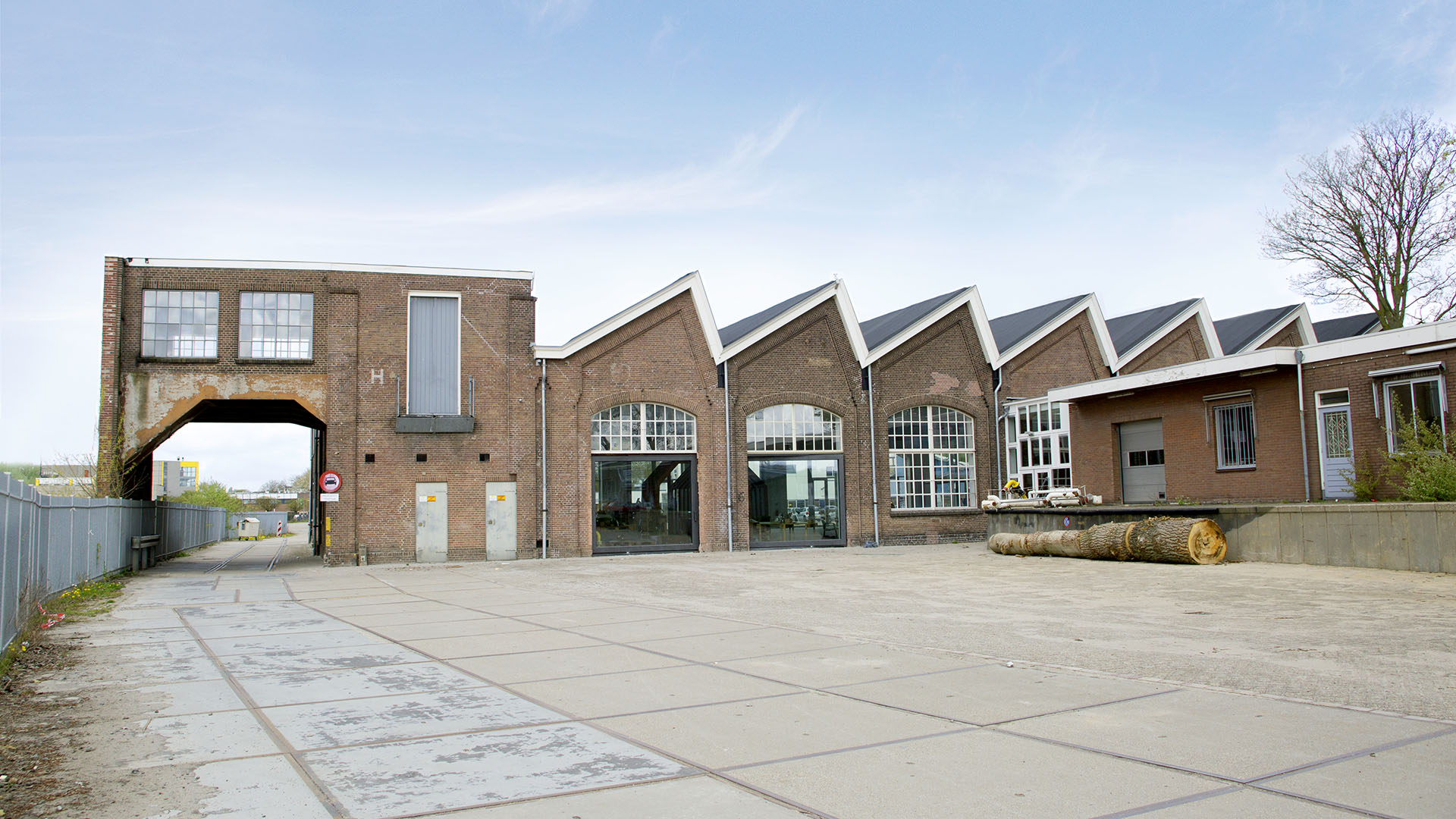The circular transition is in impact comparable to the digital revolution. It requires a change in mindset and intrinsic alteration of DNA to fully reap the benefits of the circular model. Changes – and investments – in eco-design are required to reduce complexity and the use of hazardous substances.
When using end-of-use products as a resource, ensuring transparency and traceability of substances used is a necessity to make the circular model economically viable. Not knowing what is in, means the recycler has to guess how to exactly process the material for it to become a high-quality resource – not to mention taking a blind leap regarding safety. Not knowing makes recycling a very costly and potentially dangerous endeavour.
Take the case of carpets. In Europe, each year 1.6 million tonnes of carpet waste are generated. Only 1 to 3% of which is being recycled, meaning 97 to 99% is either incinerated or landfilled.
Why? Because a separate waste stream is absent and recycling is plainly expensive due to the intransparency and untraceability of substances used and the complexity to get resources out of the product.
The quality of the recyclate decreases due to contamination. Further, its safety cannot be guaranteed when the recycler does not know what substances the producer used to make its products.
Especially with REACH constantly evolving, it becomes increasingly important to also be able to identify and remove hazardous and – certainly – banned substances.
It is not without reason that ACEA and EURIC, respectively associations of European automotive manufacturers and recycling industry, recently panicked when European Parliament proposed a restriction of the concentration limit for the flame retardant DecaBDE.
In order for circular economy to become lean and mean so it can replace the current linear model, secondary resources will need to become more attractive to manufacturers than virgin raw materials. Recyclates will need to have a better price-proposition, offer virgin rate quality and recycled products need to at least comply to REACH.
To obtain economies of scale whilst including these requirements, recyclers will need to be able to identify what can be harvested as secondary resources and how it should be harvested in bulk.
In addition, the less contamination in the incoming stream, the higher the recyclates’ quality. Mechanical recycling has its limits due to degradation caused by contamination and impurities. Luckily developments to chemically recycle move rapidly, allowing for more control over the chemical building bricks and to unlock endless recycling – without quality loss.
Safe to recycle
In circular economy resources are meant to stay in the loop forever and not for just one extra round. Investments and commitments in chemical recycling from big corporates like Unilever, Nestle, DSM and LyondellBasell illustrate where the future lies for high quality recyclates.
So, the question should not be whether it is possible to recycle. It should really be: Is it safe to recycle? And does this solution have the least environmental footprint?
However complicated this all may seem, it is not impossible to realize. Yarn manufacturer Aquafil has successfully managed to close the PA6-loop with Econyl. By performing chemical recycling on fishing nets, post-production and -consumer (carpet face) fiber, the company can reach scale in a safe recyclate of virgin rate quality. The demand for this closed loop product follows naturally; nearly all European carpet manufacturers now offer a product which features Econyl.
Trust + Expertise = Economic Benefit
In a circular model, the identifying and harvesting part of secondary resources is not the sole responsibility of the recycler. When transparency and traceability is offered throughout the value chain, the recycling process will become more efficient as a result.
Intransparency will inevitably make proper processing of end-of-use products more complex and thus more costly, thereby making it hard for the resulting recyclates to compete with virgin raw materials. The easier it will become to recycle, the more probable it becomes for circular economy to take off.
The linear model aims at protecting all information and processes regarding the product within the company. Becoming circular in a linear model is a very costly endeavour, since it will require vast investments to process non-core business activities.
For instance, when keeping the product in a self-organized loop, the producer is the recycler and therefore benefits from knowledge of the ingredients. Take-back systems like the ones developed by carpet manufacturers Desso, Interface and DSM-Niaga – as well as Apple with its iPhones – are an essential part in the machinery of circular economy.
Though, one can question whether it is possible to obtain economy of scale in creating the infrastructure, needed for such private collection system. These costs will be too high for SME’s and leave the burden of reaching the tipping point from linear to circular on the shoulders of big corporations.
A chain of trust
The most challenging aspect of the circular transition might be the need to trust the partners in the value chain. Having a recyclable product is simply not enough.
The essential difference of the circular model opposed to the linear one, is that the return of investment in the circular model is higher when the entire value chain is aligned and efficient.
Depending on each other’s expertise removes the need to invest in material and internalising knowledge which is not core business. By trusting each other’s capabilities, the entire value chain becomes more agile whilst simultaneously becoming more specialized than linear competitors. In essence, it is an altruistic system.
To obtain this way of collaboration, information on substances needs to be shared. But this does not mean you have to spill out all your company’s secrets.
Platforms for material passports like Excess Materials Exchange or even ECHA’s Unique Formula Identifier, which becomes mandatory as of January 2020, offer transparency to the one who holds the key and at the same time protects secret recipes. If well organized, the circular model can be exponentially beneficial.
Europe has been dealt a good hand for circular economy. The paradigm change has already commenced and is clearly visible in the carpet industry with companies like DSM-Niaga, Desso and Interface looking to re-write their DNA in moving towards circularity for years already.
Backed by the political circular ambitions of the European Commission, European member states and China, it is only a matter of time for the circular model to prevail.
Perhaps the egg of Columbus is yet to be found. But we’ll find it faster when looking for it together.3
